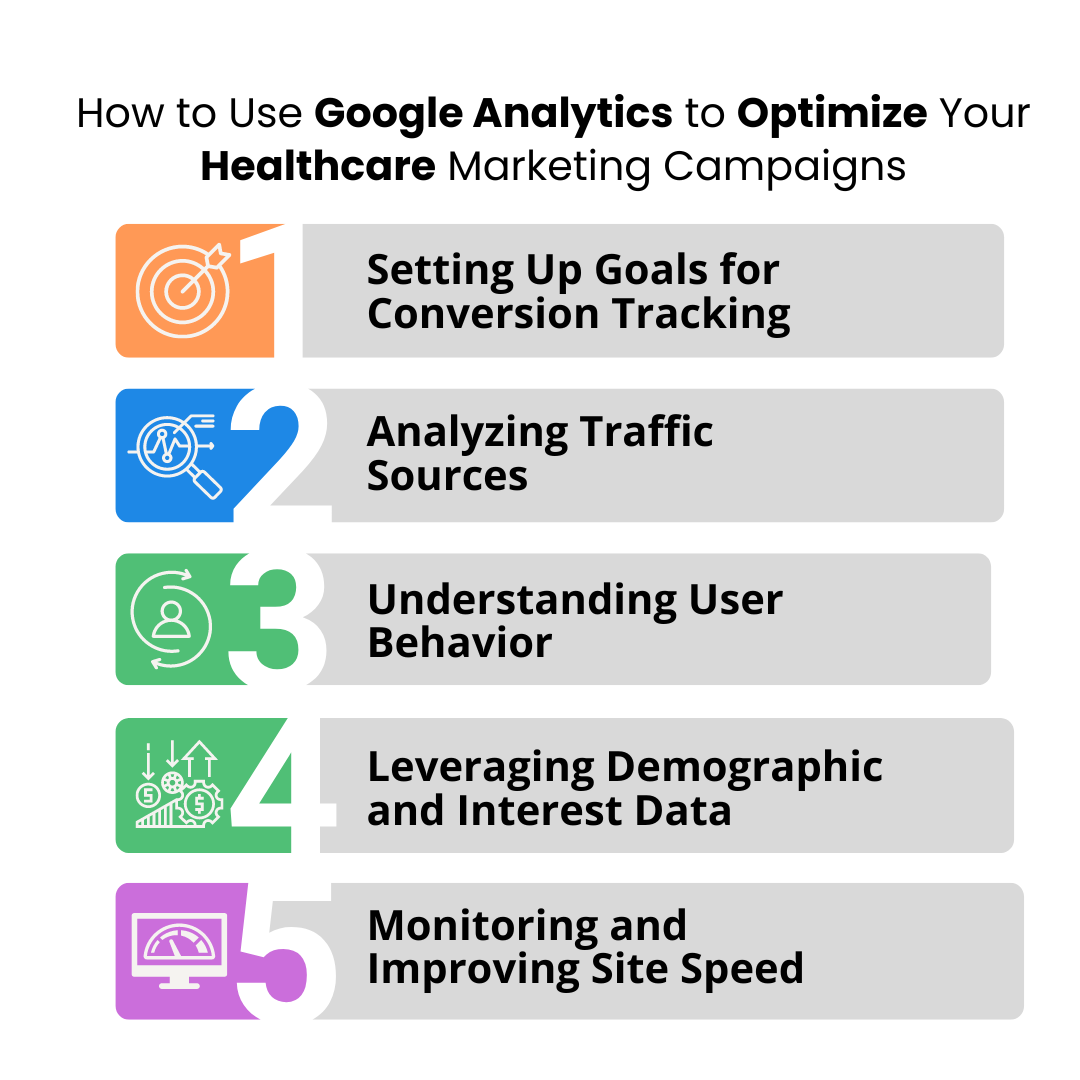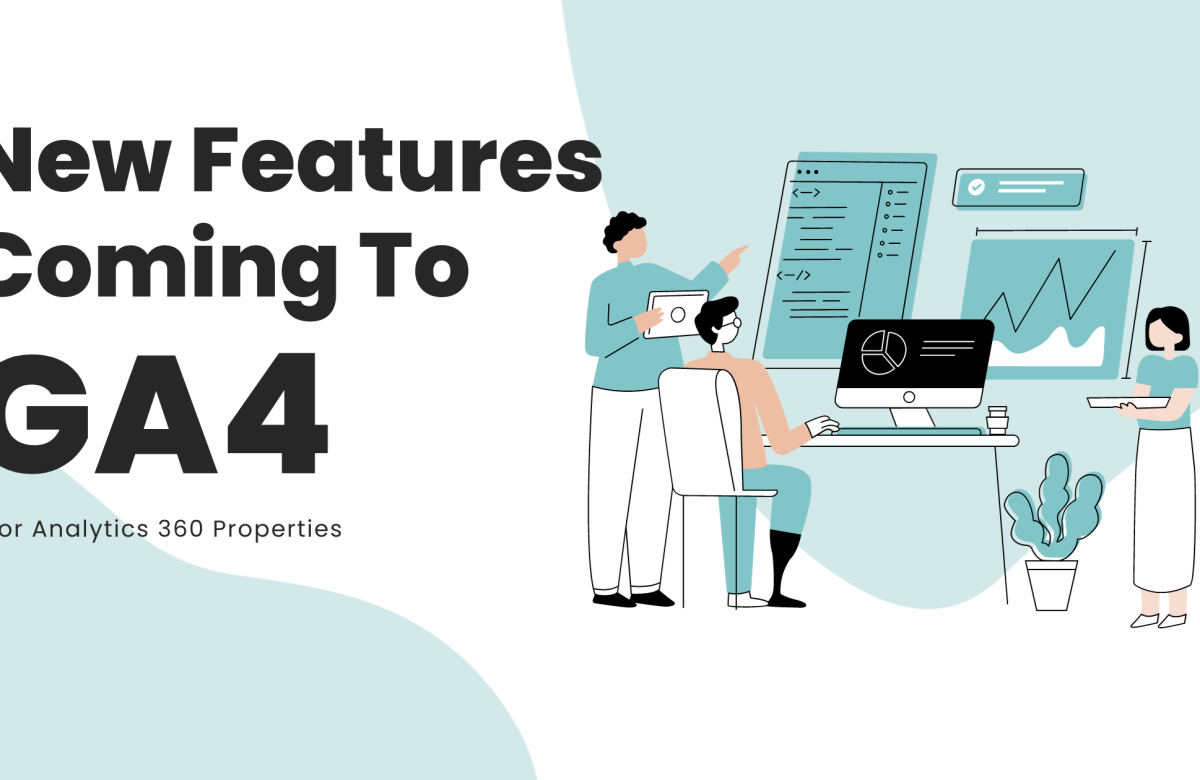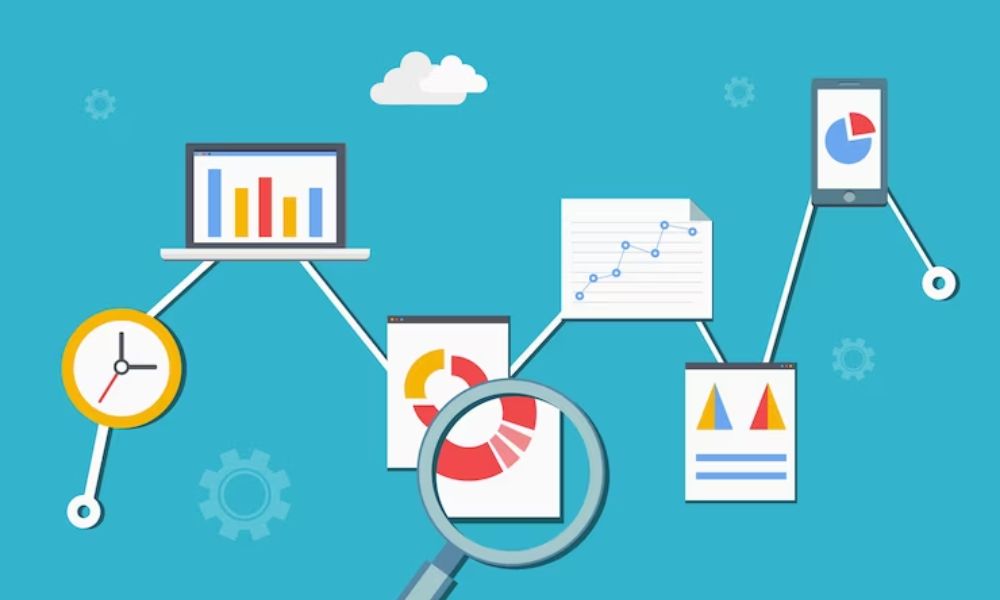
With more patients turning to the internet to find healthcare providers, it has become important for clinics, hospitals, and individual practitioners to have a strong digital presence.
One of the most effective tools for achieving this is Google Analytics, a powerful platform that can help you monitor, measure, and optimize your healthcare marketing campaigns.
This guide will help you learn everything about Google Analytics. How it can help you achieve your business goals through digital solutions.
Understanding Google Analytics: A Brief Overview
Google Analytics is a free tool offered by Google that tracks and reports website traffic. It provides valuable insights into how visitors interact with your website, which pages are most popular, how long they stay, and where they come from.
For healthcare marketers, this data is invaluable in understanding patient behaviour and optimizing marketing strategies.
Why Google Analytics is Crucial for Healthcare Marketing
Healthcare marketing is unique in that it must comply with strict regulations and maintain a high level of trust and sensitivity. Therefore, every marketing effort must be precise, targeted, and effective. Google Analytics helps you achieve this by offering insights into the following key areas:
-
- Patient Acquisition: By understanding where your website traffic is coming from—be it organic search, social media, paid ads, or referral sources—you can determine which channels are most effective at attracting new patients.
-
- Patient Engagement: Google Analytics allows you to see which pages on your website are getting the most traffic and how long visitors are staying. This helps you understand what content is resonating with your audience and where you might need to make improvements.
-
- Conversion Tracking: One of the most powerful features of Google Analytics is its ability to track conversions. For healthcare providers, conversions could be defined as appointment bookings, newsletter sign-ups, or downloads of patient forms. By tracking these actions, you can measure the effectiveness of your marketing campaigns and make data-driven decisions to improve them.
-
- User Demographics and Interests: Google Analytics provides data on the age, gender, and interests of your website visitors. This information can help you tailor your marketing messages to better align with the needs and preferences of your target audience.
How to Use Google Analytics to Optimize Your Healthcare Marketing Campaigns
 Now that you understand the importance of Google Analytics, let’s explore how you can use this tool to optimize your healthcare marketing campaigns.
Now that you understand the importance of Google Analytics, let’s explore how you can use this tool to optimize your healthcare marketing campaigns.
1. Setting Up Goals for Conversion Tracking
The first step in optimizing your marketing campaigns with Google Analytics is to set up goals. Goals allow you to track specific actions that visitors take on your website, such as booking an appointment or filling out a contact form.
To set up goals:
- Log in to your Google Analytics account and go to the “Admin” section.
- Under the “View” column, click on “Goals.”
- Click on “New Goal” and choose a template that aligns with your desired conversion action.
- Customize the goal by specifying the destination URL, duration, pages/screens per session, or event.
By setting up goals, you can measure the success of your marketing campaigns in driving conversions and identify areas for improvement.
2. Analyzing Traffic Sources
Understanding where your website traffic is coming from is crucial for optimizing your marketing efforts. Google Analytics breaks down traffic sources into several categories:
- Organic Search: Visitors who find your website through search engines like Google or Bing.
- Direct: Visitors who type your website URL directly into their browser.
- Referral: Visitors who come to your site from another website.
- Social: Visitors who find your website through social media platforms.
- Paid Search: Visitors who arrive at your site through paid advertising campaigns.
By analyzing these traffic sources, you can identify which channels are driving the most traffic and allocate your marketing budget accordingly.
For example, if you notice that a significant portion of your traffic is coming from organic search, it may be worth investing more in SEO efforts to further boost your visibility in search results.
3. Understanding User Behavior with Behavior Flow Reports
The Behavior Flow report in Google Analytics provides a visual representation of how visitors move through your website. This report shows the paths visitors take from one page to another and where they drop off.
For healthcare marketers, this report can be particularly useful in identifying potential roadblocks in the patient journey. For instance, if you notice that many visitors are dropping off on your “Contact Us” page, it may indicate that the form is too long or complicated, deterring potential patients from completing it.
By analyzing the Behavior Flow report, you can make data-driven decisions to improve the user experience on your website, ultimately leading to higher conversion rates.
4. Leveraging Demographic and Interest Data
Google Analytics provides valuable data on the demographics and interests of your website visitors. This includes information on age, gender, and affinity categories (interests).
For example, if you run a pediatric clinic, you might find that a large portion of your website visitors are parents aged 25-34. Knowing this, you can tailor your marketing messages to address the specific concerns and needs of this demographic.
Additionally, interest data can help you identify potential areas for content development. If you notice that a significant portion of your audience is interested in fitness and wellness, you might consider creating content around preventive care or healthy lifestyle tips, further engaging your audience.
5. Monitoring and Improving Site Speed
Site speed is a critical factor in both user experience and SEO rankings. Google Analytics allows you to monitor the loading speed of your website pages through the “Site Speed” reports.
If you notice that certain pages are loading slowly, it’s important to address these issues promptly. Slow-loading pages can lead to high bounce rates, where visitors leave your site before it fully loads, negatively impacting your search engine rankings and overall user experience.
The Role of Google Analytics in SEO for Healthcare
Search Engine Optimization (SEO) is a crucial component of any healthcare marketing strategy. Google Analytics plays a pivotal role in SEO by providing insights into your website’s performance in search engine results.
1. Monitoring Organic Traffic
Organic traffic refers to the visitors who find your website through unpaid search engine results. By monitoring organic traffic in Google Analytics, you can gauge the effectiveness of your SEO efforts.
If you notice a decline in organic traffic, it may indicate that your website’s search engine rankings have dropped. This could be due to algorithm updates, increased competition, or technical issues on your site. By identifying the cause, you can take corrective action to improve your rankings and regain lost traffic.
2. Identifying High-Performing Content
Content is a key driver of SEO success. Google Analytics allows you to see which pages on your website are receiving the most organic traffic. By identifying high-performing content, you can replicate its success by creating similar content or updating existing pages with fresh information.
For healthcare providers, high-performing content might include blog posts on common medical conditions, patient testimonials, or educational videos. By regularly analyzing your content’s performance, you can ensure that your website remains a valuable resource for potential patients.
3. Tracking Keywords with Google Search Console Integration
Google Analytics can be integrated with Google Search Console to provide even deeper insights into your website’s SEO performance. This integration allows you to track the keywords that are driving traffic to your site, as well as the average position of your pages in search results.
By monitoring keyword performance, you can identify opportunities to optimize your content for specific search terms, ultimately improving your visibility in search engine results.
Conclusion
Google Analytics provides healthcare marketers with the tools and insights needed to optimize their campaigns, improve patient engagement, and increase conversions.
By utilizing the power of Google Analytics, you can make informed decisions that drive the success of your healthcare marketing efforts, ensuring that you reach the right patients with the right message at the right time.
Whether you’re looking to boost your SEO, improve your website’s user experience, or track the effectiveness of your marketing campaigns, Google Analytics is an essential tool for achieving your goals.



